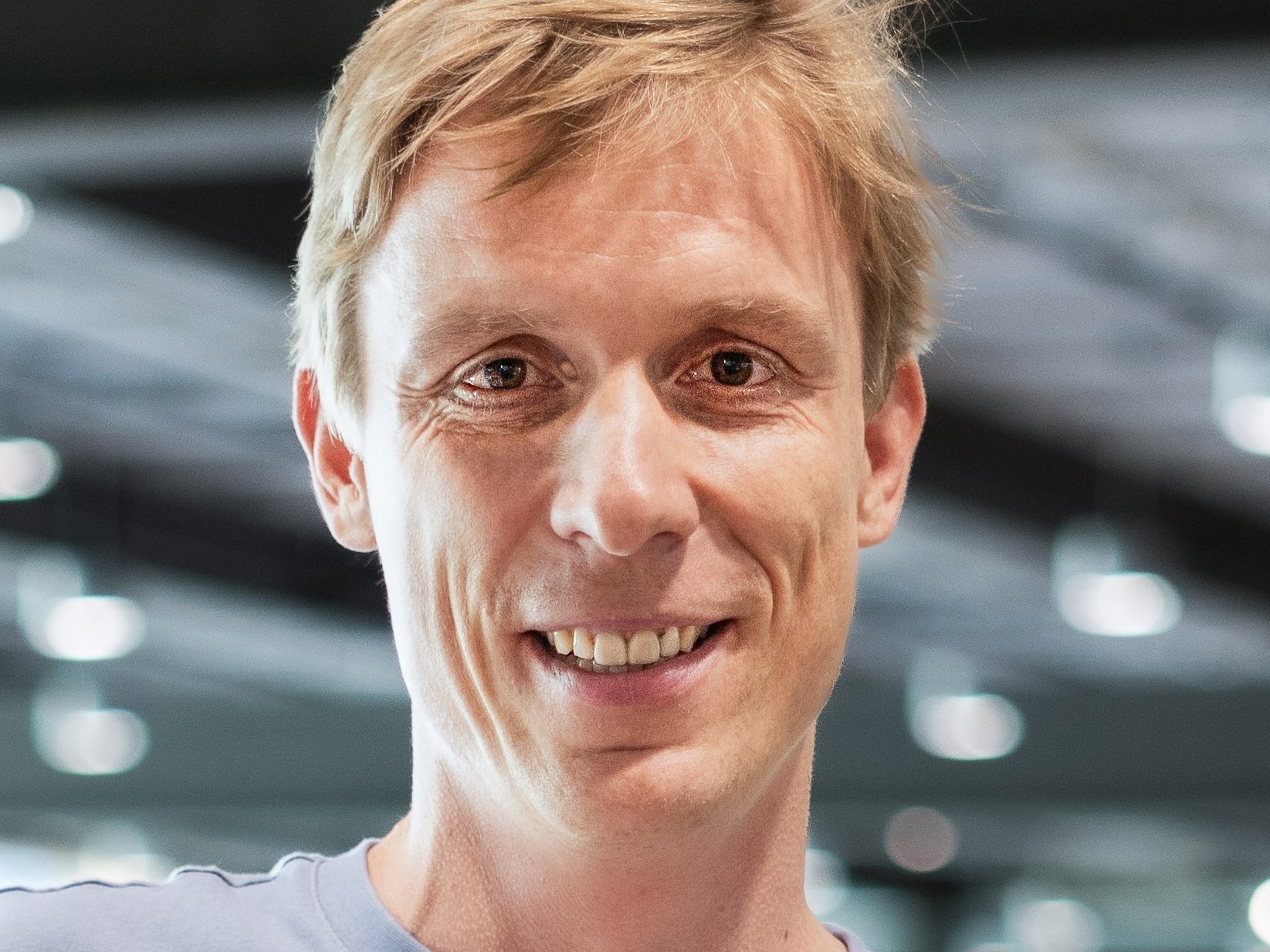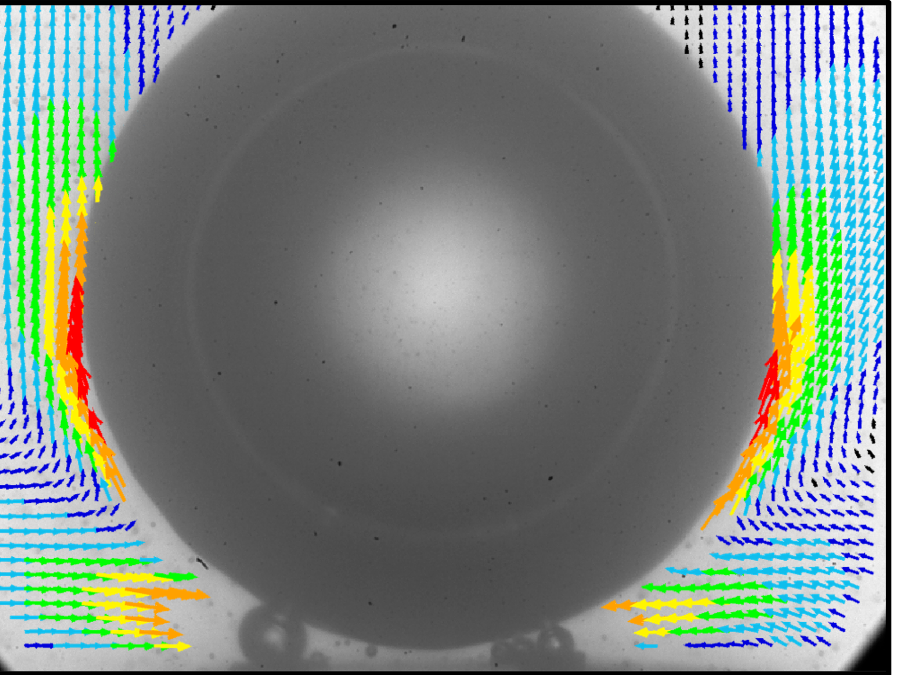ZARM Talk: Bubbles in Electrolysis
Electrolysis is becoming increasingly important. On April 24 at 2 pm, Dominik Krug from RWTH Aachen explains how gas bubbles behave during electrolysis and why they sometimes stubbornly stick to electrodes instead of detaching, reducing efficiency.
ZARM Talk by Dominik Krug | RWTH Aachen
- Date: 24 April 2025
- Time: 2 pm
- Location: ZARM
The formation of gas bubbles on electrodes significantly hampers the efficiency of processes such as water electrolysis. Understanding the conditions under which bubble departure occurs is therefore critical for developing effective mitigation strategies. In this work, we use simplified experimental systems—micro-electrodes and transparent electrodes—to investigate key phenomena related to Marangoni convection and contact line motion, respectively.
From the micro-electrode experiments, we find that a solutal Marangoni effect plays a critical role in determining bubble dynamics during electrolysis. Additionally, bubble coalescence can enhance electrolytic efficiency by inducing more frequent bubble departure. Experiments with transparent electrodes reveal that contact line pinning, caused by contact angle hysteresis, leads to departure radii that are significantly larger than those predicted by the classical ‘Fritz radius’ for buoyancy-driven departure.
Furthermore, we observe that whether coalescence results in bubble departure depends on a balance between adhesion energy and viscous dissipation. Based on these insights, we present physics-based criteria for bubble departure in both Marangoni-driven and contact-line-controlled regimes.





